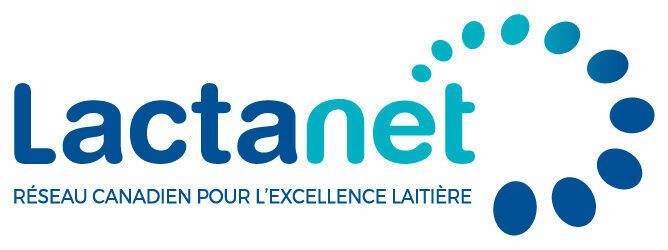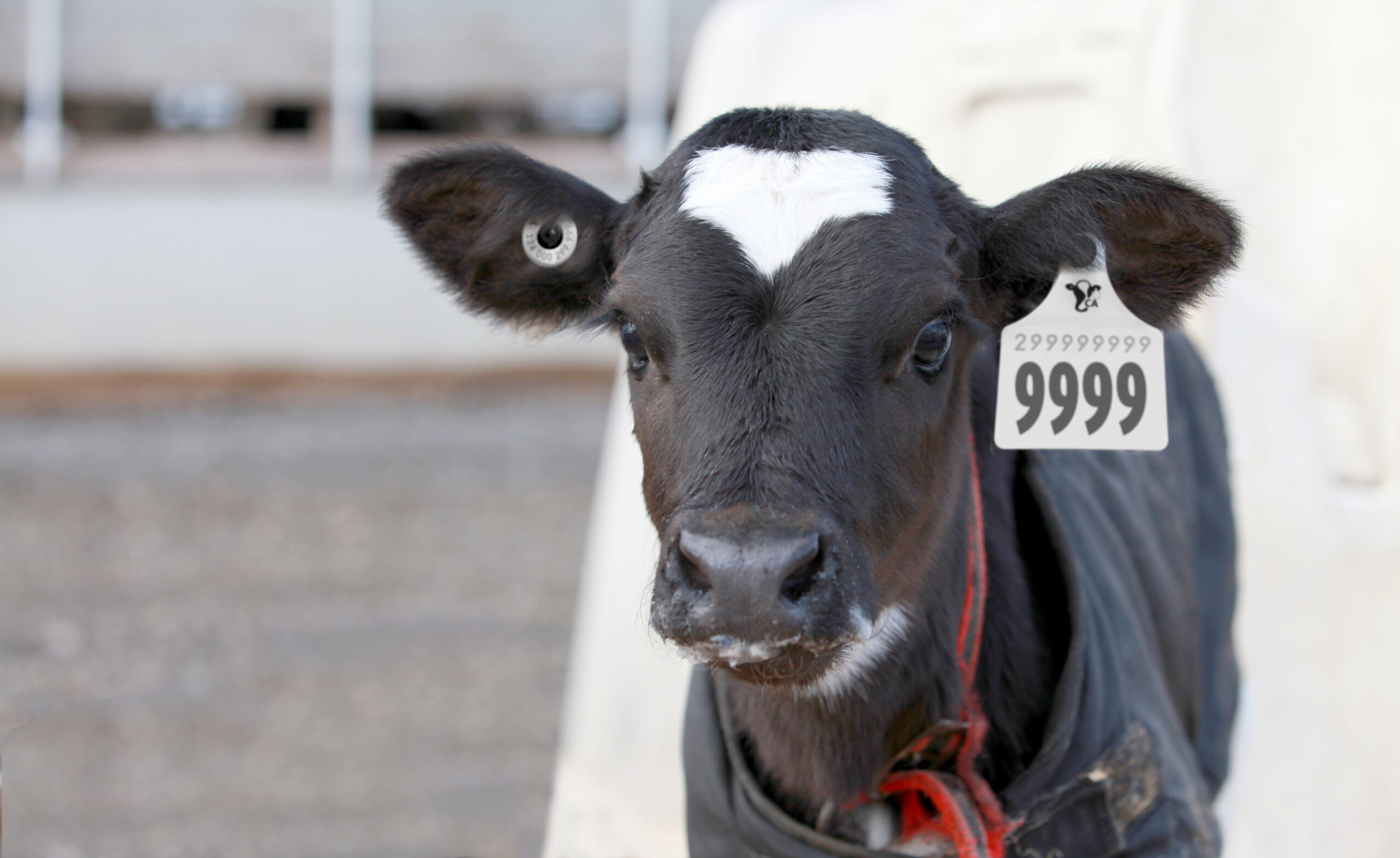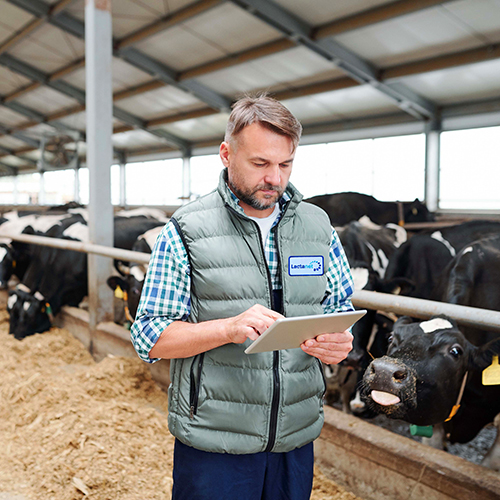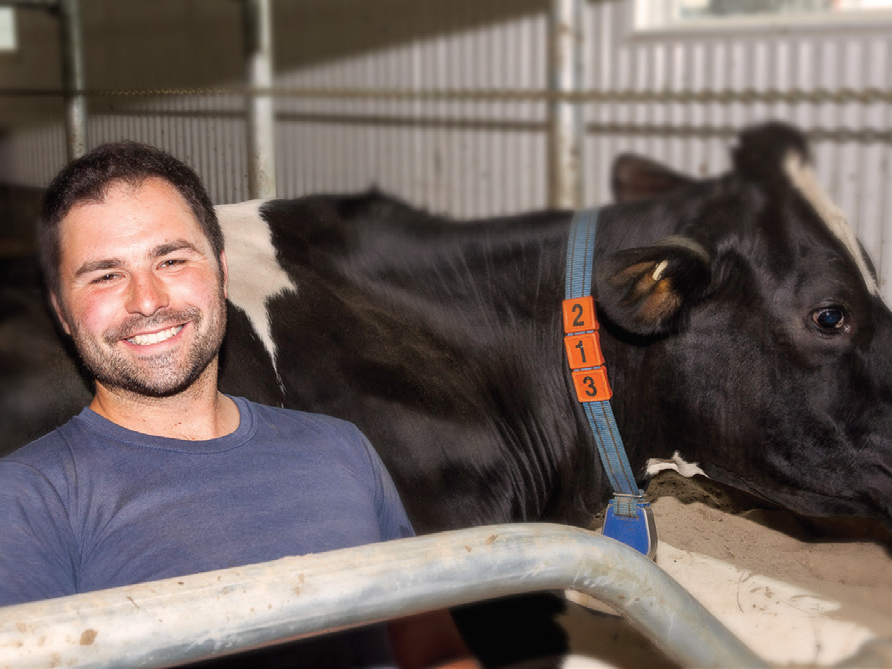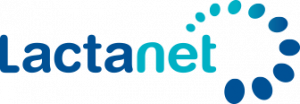New Genetic Evaluations Coming in April 2023
- February 17, 2023
April is always a big month for genetic services delivered by Lactanet, and this year will be even bigger for the Holstein breed with the launch of the first ever national genetic evaluations aimed at reducing methane emissions from dairy cattle. In addition, genetic evaluations for Body Maintenance Requirements will be released as well as increased data and accuracy to our Hoof Health evaluations. More information on these important updates coming in April are below!

First Official Evaluations for Methane Efficiency
Greenhouse gases, especially methane, have been a reoccurring topic of conversation around the globe. Although the agriculture industry is not the sole source of increasing methane emissions, it still has the potential to mitigate this increase and even contribute to climate cooling by reducing its footprint. Identifying animals that emit less methane can also improve dairy cattle energy utilization and ultimately the efficiency of the industry. Lactanet Canada will make history in April 2023 by publishing the first official Methane Efficiency genetic evaluations for the Holstein breed in Canada. This new trait of importance to the sustainability and efficiency of the dairy industry is the result of a collaborative effort between university researchers, Semex Alliance and Lactanet geneticists that are using milk MIR spectral data to predict methane emissions. The state-of-the-art genomic evaluation of Methane Efficiency (ME) for the Holstein breed will include first lactation data on cows in milk recorded herds across Canada. Methane Efficiency will be added as a key trait among the list of functional traits offered. With the April 2023 release, DHI customers of Lactanet will be receiving Methane Efficiency evaluations for females in their herd inventory and a fee-for-service model is available for other producers to access Methane Efficiency and Feed Efficiency evaluations for their Holstein heifers and cows.
Body Maintenance Requirements
It is well known that feed represents a major proportion of all production costs, and most differences in costs for rearing and maintaining dairy animals can be attributed to differences in body weight. In other words, heavier cows are generally less efficient than smaller cows due to their greater maintenance requirements, which is associated with their metabolic body weight. With current Feed Efficiency evaluations being independent of body size and weight, Lactanet Canada will be launching separate Body Maintenance Requirements (BMR) genetic evaluations to select for the reduction of costs associated with body maintenance. Using our existing dataset of body weights at Lactanet, Body Maintenance Requirements combines evaluations for metabolic body weight in first, second and third lactations.
Enhanced Hoof Health Evaluations
Annual Updates
At the time of the April release each year, there are several updates that are automatically conducted. These include the annual updates to the genetic base used for each trait in the seven breeds as well as the annual update to the LPI and Pro$ formulas. In addition, in more recent years, Lactanet has also be updating in April of each year, the sire proof interpretation table for linear type traits for all breeds. These tables were created in December 2020 to aid in the understanding of sire proofs and their relationship with the expected average daughter classification scores.
Summary
Lactanet is continually working to remain a global leader in dairy cattle genetics and to expand the traits available for genetic selection of dairy cattle in Canada. Starting April 2023, routine evaluations will be available from Lactanet for two new functional traits, Methane Efficiency (ME) and Body Maintenance Requirements (BMR), as well as increased data and reliability to Hoof Health (HH) evaluations. Be sure to look for Methane Efficiency and Body Maintenance Requirements evaluations on the Genetic Evaluation Summary page for each qualifying animal on the Lactanet website.

